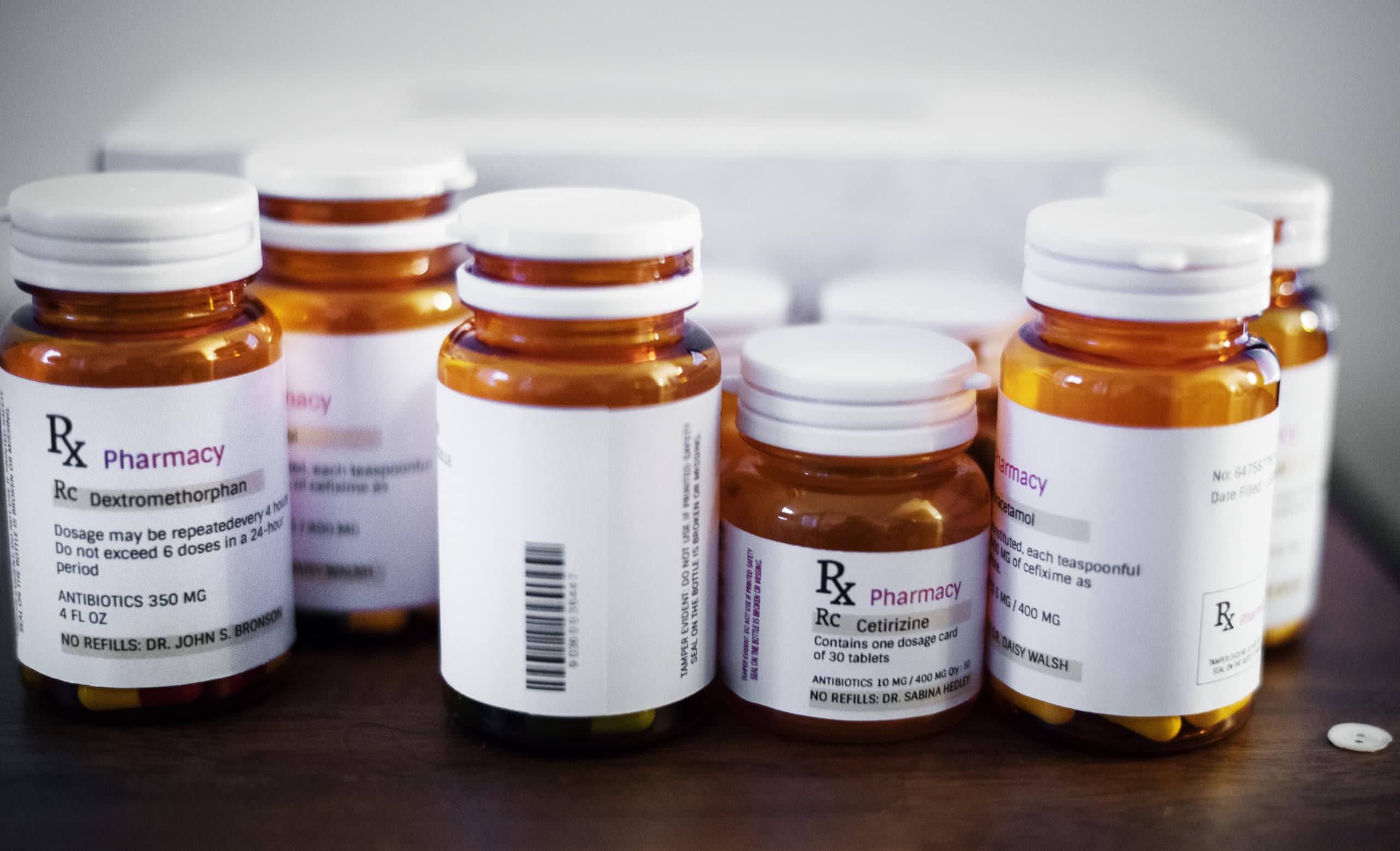
Painkillers such as Codeine, Oxycodone, Hydrocodone and Morphine are all narcotics from the same family of drugs as Heroin. Opiates are derived from Opium derived from Poppies while Opioids are synthetically made versions that mimic Opiates. Because of this connection, painkillers can often lead to heroin.
This class of drugs act as depressants, relieving pain by binding to receptors in the Brain and Central Nervous System. They work by mimicking the effects of pain-relieving chemicals that are produced naturally in the body, but to a much higher degree. When opiates bind to opiate receptors in the body, they block the perception of pain.
While excellent for short-term pain mitigation and management, opiates create both tolerance and dependence in the longer-term. Not only does a patient need higher and higher doses to get the same effect as before, but they also become addicted and dependent on the medication to function normally. It takes less than a month to develop a dependence on opiates, after which a person will experience withdrawal without it.
Furthermore, Opiates are also known for producing feelings of euphoria, which then leads to recreational abuse.
The Opioid Crisis
Most people know that Opiate and Heroin use, abuse and overdose has increased over the years. The Opioid Crisis regularly makes national headlines. In response to the Opioid Crisis, regulators cracked down on production and prescriptions of opiates. They demanded that manufacturers decrease production by 25% and made it harder for doctors to prescribe them for pain. On the surface, this makes sense. Reduce the amount of people getting opiates and you will reduce the amount of people addicted to opiates. However, this did not answer the problem of people experiencing chronic pain nor those are already hooked on prescription opiates.
Turning to the Streets
Imagine you are a person with a chronic back injury and your doctor has been prescribing Oxycontin to help manage your symptoms for months. As we know, it takes less than a month to develop dependency, so you are fully addicted to your Oxycontin prescription. Now, due to regulations, your doctor can no longer prescribe your dose. Your pain has not subsided, nor has your addiction to opiates. Thus, you head to the streets. Unfortunately on the streets the price of prescription opiates, which was already high, has now spiked significantly. The street price of Oxycontin is $1 per milligram. If you have someone who takes 80mg per day, suddenly they find themselves with an $80/day habit. In order to get your fix, your painkillers can lead to heroin, a much cheaper option. 75% of all people with an opioid addiction end up switching to heroin as a cheaper source of opioids.
Statistics on Use and Abuse
Opiate use, and substance abuse in general, is on the rise all over the world, not only in the United States. The National Institute on Drug Abuse reports that:
- In 2017, opiate painkillers were prescribed more than 190 times
- Roughly 21 to 29% of patients prescribed opiates for chronic pain misuse them.
- Between 26 and 36 million people worldwide abuse opiates
- Over two million people in the U.S. suffer from substance abuse problems related to opiate painkillers
- In 2010, the overuse of opiate painkillers resulted in nearly 17,000 deaths in the U.S.
- About 80% of people who use heroin first misused prescription opioids.
- Overdoses from opioids increased 30% from July 2016 to September 2017 in 45 states.
- The Midwest saw the highest increases overall, with overdoses increasing by 70% from July 2016 to September 2017.
Signs of an Opiate or Heroin Overdose
Early treatment can save a life. If you or someone else experiences these signs or symptoms after consuming Codeine or any other opiate, call 911 immediately:
- Loss of consciousness
- Unresponsive to outside stimuli
- Awake but unable to talk
- Body goes limp
- Light skinned people: skin turns blue or purplish
- Dark skinned people; skin turns grayish or ashen
- Fingernails or lips turn blue or purple
- Vomiting
- Sounds of choking or gurgling in the throat
- Pale and clammy face
- Slow, weak or non-existent pulse
People who survive overdoses do so because someone was there to respond. It is rare that someone dies immediately from an overdose, getting them help can save their life and prevent permanent damage. The longer you wait, the more damage can occur. It is vital to act quickly.
Getting Help
We hope this article has helped you better understand how prescription painkillers can lead to Heroin. If you or a loved one are struggling with Opiate or Heroin addiction, please reach out.
Call us today and find out how we can help.
